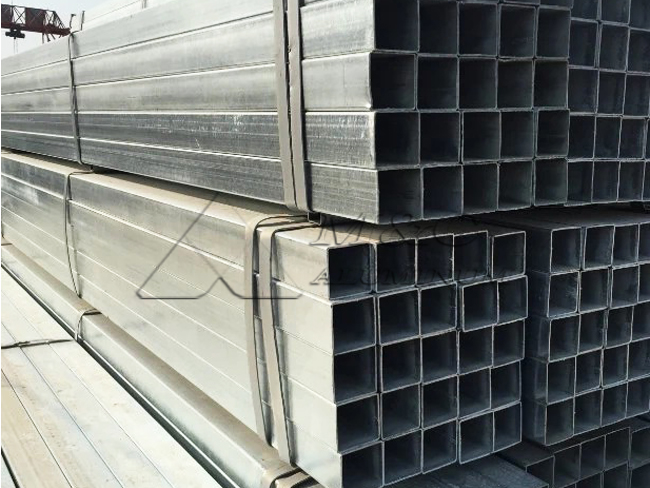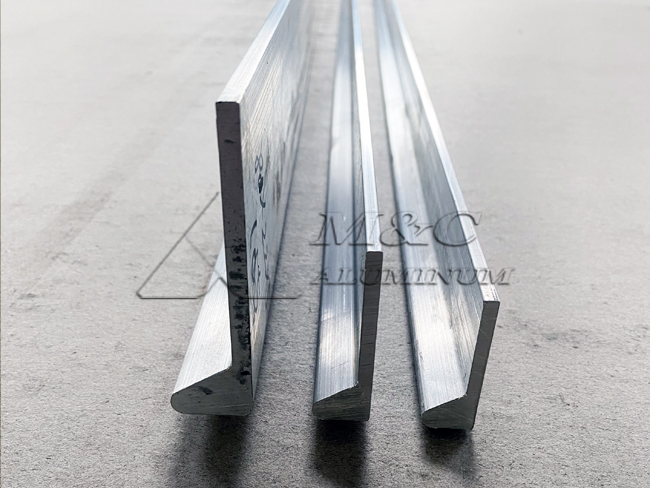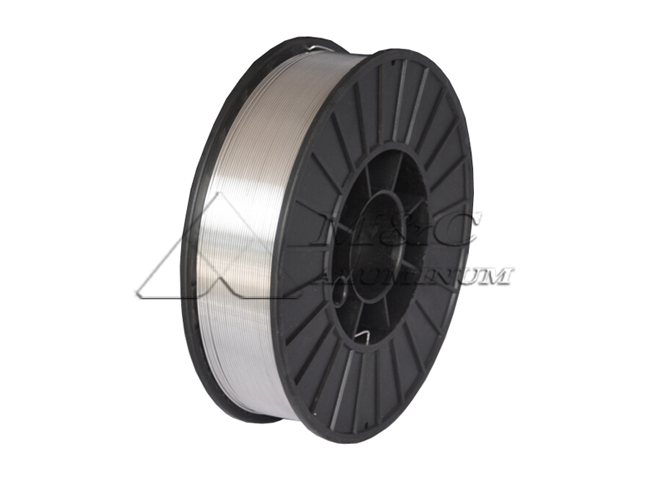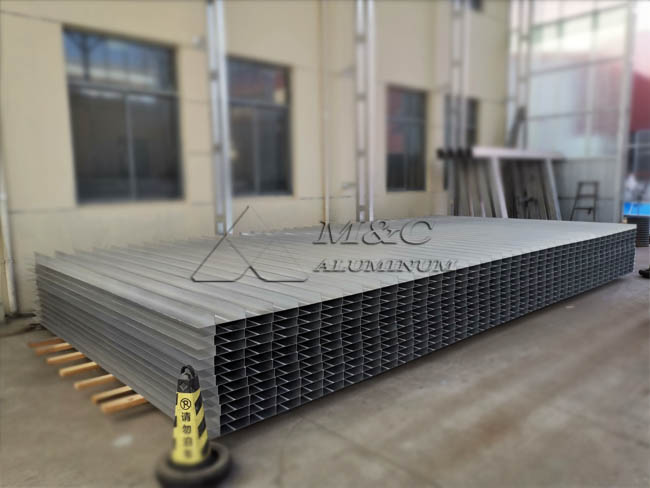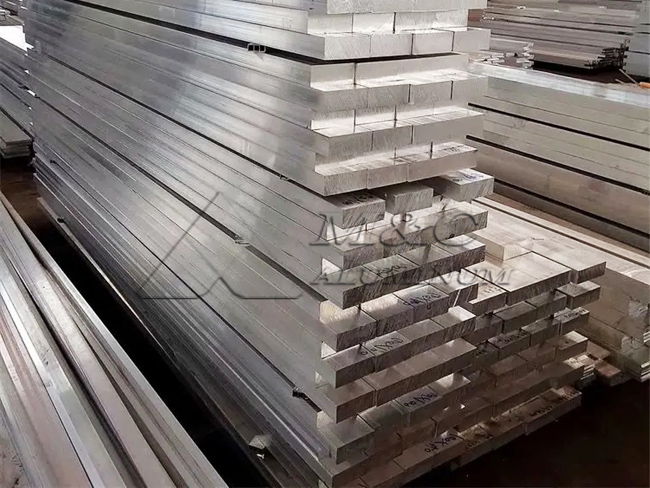Aluminum profiles have been used in the shipbuilding industry for a hundred years. Because aluminum alloys have low density, high strength, and strong corrosion resistance, they are very suitable for the harsh environment of the ocean. And the processing cost of aluminum profiles is low, so it is more economical and efficient to use aluminum profiles to manufacture ships.
Common alloy series and applications
5 series aluminum alloys (such as 5083, 5052, etc.): They have a high magnesium content, medium strength, good seawater corrosion resistance and welding performance. They are often used to manufacture hull structural parts, such as keels, ribs, hull plates, etc., and are the most widely used aluminum alloy series in shipbuilding.
6 series aluminum alloys (such as 6061, 6082, etc.): They can obtain higher strength through proper heat treatment, and have good toughness and processing performance. They are often used in ship superstructures, deck equipment, railings and handrails, and some structural parts with high strength and hardness requirements, such as masts, crane brackets, etc.
Specifications of marine aluminum profiles
| Alloy | 5083, 5086, 5383, 5059, 6061, 6082, 6005A |
| Temper | H111/H112, T5/T6 |
| Certification | CCS, BV, LR, ABS, DNV-GL, etc. |
| Shape | round, square, angle, rectangle, plane, T-shaped, etc. |
| Color | silver, black, champagne, gray, gold, rose gold, matte, etc. |
| Process | extrusion |
| Processing services | cutting, stamping, drilling, milling, bending, welding, turning, casting, CNC machining, etc. |
Compared with other processing methods, several significant advantages of aluminum extrusion profiles
1.Less machining: aluminum alloy can be extruded into complex sections for easy assembly, and some shapes can only be extruded, reducing the need for machining.
2.Low mold cost: Compared with rolling, casting, and forging of other materials, aluminum extrusion molds have low costs.
3.High structural efficiency: Profiles can be used as needed, where strength needs to be enhanced and removed where it is not needed, thus improving structural efficiency.
4.Light weight: Extruded aluminum alloy profiles are light, strong and durable. Under the same effect, the weight of aluminum structures is about half that of other metal structures, and other metals have poor processability.
5.Diverse surface treatments and corrosion resistance: A variety of colors can be achieved through powder or electrophoretic coating, including natural silver or colored anodized film, which is corrosion-resistant.
6.Low maintenance: Aluminum itself is durable, and it is more durable after surface treatment.
Ship aluminum profile production process
Raw material preparation: Select aluminum alloy ingots that meet ship standards to ensure accurate alloy element ratios and control impurity content, laying the foundation for subsequent processing.
Extrusion molding:
(1) The ingot is heated to a suitable temperature to enhance its plasticity.
(2) Place it in an extruder and extrude it through a specific die to form the aluminum material into the required profile shape. Strictly control extrusion speed, pressure and other parameters to ensure profile quality and accuracy.
Heat treatment: quench the extruded profiles to improve their strength and hardness, accurately control the heating temperature, insulation time and cooling rate, and optimize the material properties.
Surface treatment: adopt anodizing, powder spraying or electrophoretic coating and other processes. Anodizing forms a protective film to prevent corrosion; powder spraying and electrophoretic coating provide a variety of colors and protection, and enhance the weather resistance and aesthetics of the profiles.
Finishing: Cut the profiles to precise lengths, deburr and chamfer the ports to ensure dimensional accuracy and appearance quality to meet the requirements of ship assembly.
Quality inspection: Conduct mechanical property tests to detect strength, hardness and other indicators; check internal defects through flaw detection; strictly control dimensional accuracy and surface quality to ensure that the products meet the standards of the ship industry.
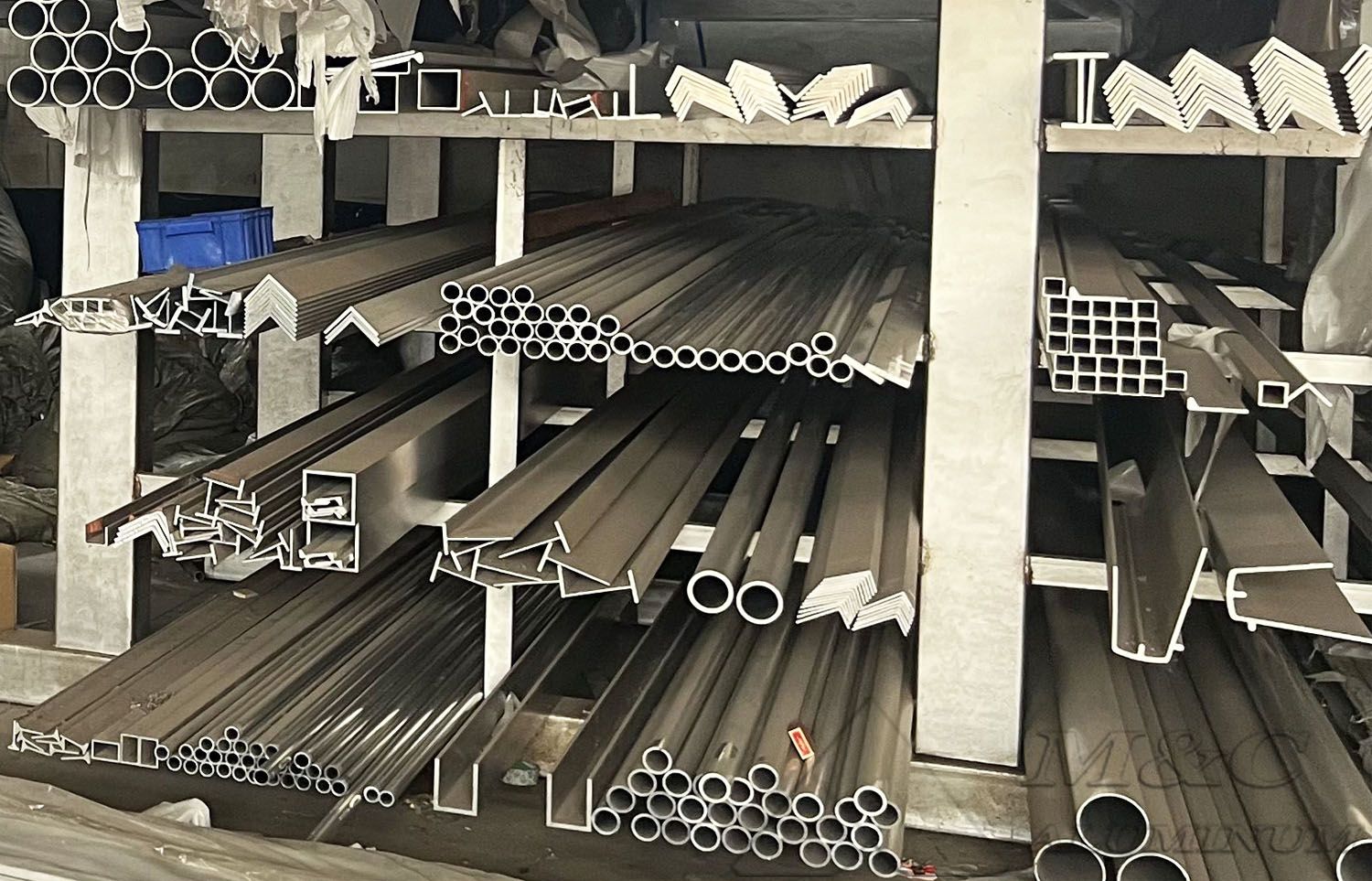
Quality inspection standards for aluminum profiles in the shipbuilding industry
1. Chemical composition: Check whether the alloy composition of the aluminum profile meets the standard chemical composition requirements to ensure that the material matrix performance meets the standards.
2. Dimensional deviation: Measure the length, width, height and wall thickness of the aluminum profile to ensure that it meets the design size and tolerance range.
3. Surface quality: Check whether there are defects such as cracks, folds, bubbles, inclusions, corrosion, etc. on the surface of the aluminum profile, and whether the surface treatment (such as oxidation, electrophoresis, spraying) is uniform and smooth.
4. Mechanical properties: Test the tensile strength, yield strength, hardness and other physical performance indicators of the aluminum profile through tensile, compression, bending and other tests.
5. Straightness and twisting: The aluminum profile should maintain a certain straightness and twisting, and there should be no bending or twisting beyond the allowable value within the specified length.
6. Fracture quality: The cross section of the aluminum profile should be uniform, without stratification, impurities, and perpendicular to the surface.
7. End quality: The end cutting should be neat, accurate in angle, without burrs and broken edges.
8. Coating and plating: If the surface of the aluminum profile is coated or plated, the coating thickness, adhesion and corrosion resistance need to be checked.
9. Non-destructive testing: ultrasonic, X-ray and other methods are used to detect internal defects.
Features of extruded aluminum profiles for ships
1. Lightweight: The density is about one-third of that of steel, which greatly reduces the weight of the hull, increases cargo capacity and speed, and reduces fuel consumption.
2. High strength: Through alloying and processing technology, it can have good mechanical properties and withstand various loads during navigation.
3. Corrosion resistance: The surface naturally forms an oxide film, supplemented by anodizing and other treatments, which effectively resists seawater erosion and reduces maintenance costs.
4. Easy to process: easy to cut, drill, bend, and weld, and can manufacture complex parts with good welding performance.
5. Flexible design: It can be extruded into a variety of cross-sectional shapes, optimized according to ship needs, and enhance structural rationality.
6. Good thermal and electrical conductivity: Good thermal and electrical conductivity, suitable for heat exchange equipment and electrical systems.
7. High recycling value: It can be recycled after scrapping, with good recyclability and reduced life cycle costs.
MC Aluminum specializes in the production of extruded aluminum profiles of different shapes, including ship profiles, large-section industrial profiles (large-section width 910mm), large-diameter aluminum tubes (Φ50-Φ580), seamless aluminum tubes (Φ200-Φ400), bars (Φ50-Φ450), extruded aluminum bars (thickness 10-200mm, width 710mm), etc., with an annual output of more than 100,000 tons of various industrial aluminum profiles. The product quality is stable and can be customized according to customer needs. It is exported to many countries and regions overseas with preferential prices, free samples and classification certificates.

